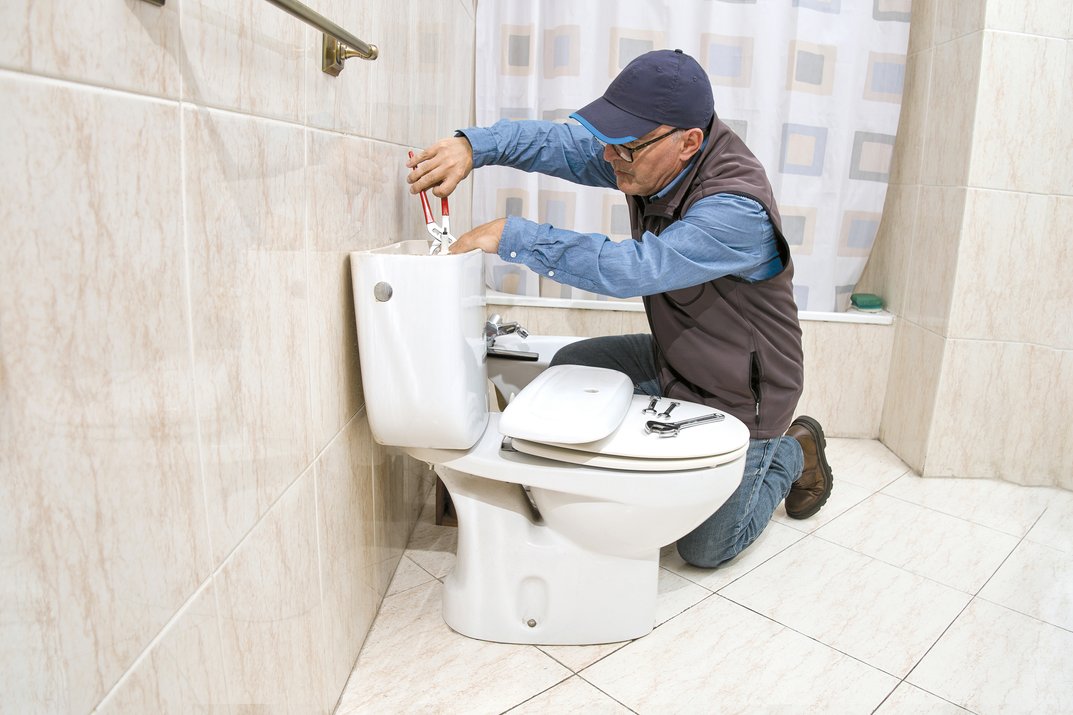In today's world, where environmental conservation is more crucial than ever, embracing water-saving technologies is not only a responsibility but an opportunity for savings. One such opportunity is through water-saving toilet rebates and incentives, a program designed to encourage homeowners and businesses to replace old, inefficient toilets with modern, eco-friendly models. By doing so, not only can you contribute to the preservation of our planet's resources, but you can also enjoy significant financial benefits.

The Importance of Water Conservation
Water is a finite resource, and its conservation is imperative for sustainable living. Traditional toilets, which can use up to 7 gallons per flush, are a significant source of water waste. By contrast, modern low-flow toilets use significantly less water, typically 1.28 gallons per flush or even less, without compromising on performance.
Understanding Water-saving toilet rebates and incentives
Many governments and utility companies offer rebates and incentives to encourage the installation of water-efficient toilets. These programs are designed to reduce water consumption and promote sustainability. By participating in these programs, you can receive financial assistance or tax credits, making it more affordable to upgrade your bathroom fixtures.
How to Qualify for Rebates
To qualify for these rebates and incentives, you typically need to purchase a toilet that meets specific efficiency standards. Its important to check with your local water utility or government website for the specific requirements in your area. Generally, eligible toilets are those certified by the Environmental Protection Agency's WaterSense program, which ensures they use 20% less water than standard models.
Benefits of Installing Water-saving Toilets
Installing dual-flush toilets or other water-efficient models not only helps in conserving water but also significantly reduces your water bills. This is particularly beneficial for large households or businesses where water usage is high. Moreover, by reducing water waste, you contribute to the preservation of local water resources and the environment at large.
Additional Incentives for Eco-Friendly Home Improvements
Beyond toilet-specific rebates, there are often additional incentives available for broader eco-friendly home improvements. These can include rebates on water-saving appliances, retrofitting services, and even landscaping changes designed to reduce water use. It's worth exploring these options to maximize your savings and enhance your property's efficiency.
Steps to Apply for Water-saving toilet rebates and incentives
The process typically involves a few straightforward steps:
- Research eligible models and purchase a qualifying toilet.
- Save your receipt and any necessary documentation.
- Complete the rebate application form, which can often be found on your local water utility's website.
- Submit the application along with the required documentation.
- Receive your rebate, which can come in the form of a direct payment or a credit to your water bill.
Common Challenges and Solutions
Some common challenges include understanding the eligibility criteria and completing the application process. To overcome these, consider reaching out to your local water utility for assistance or consulting with a professional installer who is familiar with the rebate programs.
Conclusion: Embrace the Change
Investing in water-saving toilet rebates and incentives is a smart decision for both your wallet and the planet. By taking advantage of these programs, you not only reduce your environmental footprint but also enjoy significant financial savings. It's a win-win scenario that promotes a sustainable future.
For more information on how to optimize your home for water efficiency, consider visiting resources like eco-conscious bathroom remodeling or explore eco-friendly toilets for schools to see how these initiatives are applied in different settings.

FAQ Section
What qualifies as a water-saving toilet?
Water-saving toilets typically use 1.28 gallons per flush or less and are often certified by the EPA's WaterSense program.
How much can I save with rebates?
The amount you save can vary depending on your local utility's program, but rebates can cover a significant portion of the cost of a new toilet.
Are there other benefits to installing water-saving toilets?
Yes, beyond financial savings and environmental benefits, water-saving toilets can also enhance your home's resale value and reduce plumbing issues.






